Reduced public funding for university education , fewer international students applying, and rising costs are some of the reasons why many Australian schools have chosen to increase tuition fees or cut staff.
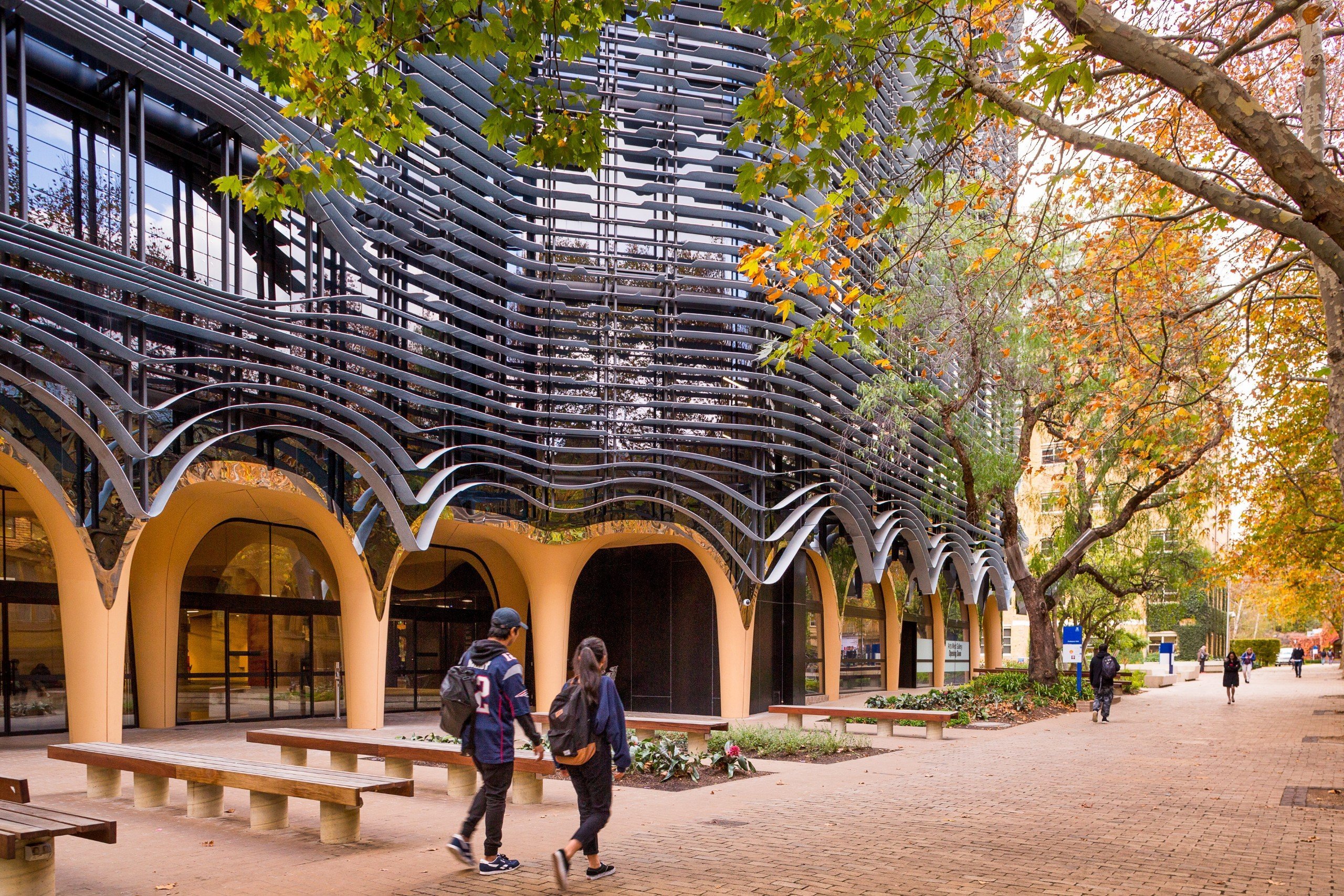
The University of Melbourne, Australia's number one university, will increase tuition fees by 7% from 2025.
Tuition fees increase from 2025
The Australian newspaper on October 30 exclusively reported that some of Australia's leading universities will start increasing tuition fees from 2025 for international students, in the context that the Australian government plans to cap foreign enrollment from next year. Specifically, the universities of Melbourne, New South Wales, and Western Sydney will all increase tuition fees by 7%, while Australian National University and Sydney will increase their fees by 5.8% and 3-4%, respectively.
Thus, from next year, international students at the University of Melbourne will have to pay 56,480 AUD/year (938 million VND) if studying engineering, and 54,048 AUD/year (898 million VND) if studying commerce. Meanwhile, at the University of New South Wales, international students will pay an average of 58,560 AUD/year (973 million VND) from 2025 for most majors, an increase of 3,840 AUD (63 million VND) compared to this year.
According to a spokesperson for the University of New South Wales, the increase is necessary to ensure the quality of teaching, and will be used to pay for expenses such as library registration fees, research equipment and other educational expenses. These are all increased compared to before. In addition, the decision to increase tuition fees is also related to fluctuations in the Australian dollar exchange rate.
A spokesperson from Western Sydney University said: "When 'fixing' the tuition fee, the school took into account many factors such as costs at other universities, the consumer price index and government policy." And this makes a bachelor's degree in social sciences cost 30,952 AUD/year (514 million VND), while business and information technology degrees will increase to 34,160 and 36,416 AUD per year (567 and 605 million VND) next year, respectively.
At the University of Sydney, from 2025, tuition fees will be 57,700 AUD per year for engineering majors and 53,600 AUD for commerce and law majors (958 and 890 million VND). At the Australian National University, the lowest-cost majors will now range from 44,670 to 59,750 AUD/year (742 - 992 million VND). Those pursuing medicine will have to pay 95,360 AUD/year (1.5 billion VND).

Parents and students listened to advice from representatives of Australian National University at a seminar in August.
The above tuition fee increase will help schools significantly increase revenue. Because, according to a recent report from the Menzies Research Center (MRC), 1 in 3 university students in Australia is foreign. In some fields, the proportion of international students is even up to 79%. The report also shows that in the group of 8 leading Australian universities (Group of Eight), international students account for 46% of the total number of new students in 2023.
Many schools cut staff
In addition to increasing tuition fees for international students, some of the above schools are also planning or have completed plans to cut staff. According to The Guardian , after cutting 50 jobs in the School of Medicine and Health, the Australian National University announced another 87 staff cuts in three departments last week. The school also asked staff to consider forgoing the upcoming 2.5% salary increase to avoid losing another 638 jobs.
The move is aimed at saving the Australian National University 250 million AUD, of which 100 million will come from salaries, according to Professor Genevieve Bell, Vice-Chancellor of the university.
In line with the trend, the University of Canberra announced that it would cut at least 200 staff, including senior leaders, to save 50 million AUD. Meanwhile, James Cook University cut 67 jobs, while Griffith University announced fewer than 50 layoffs. Although the University of Southern Queensland has not announced specific figures, it is expected to cut about 60 positions to make up for a deficit of 32 million AUD.
Similarly, Macquarie University wants to cut a significant number of temporary staff by 2025. Wollongong University is in the process of “relocating its workforce” due to a $35 million revenue drop, which could see more than 200 staff lose their jobs. Overall, the reasons for staff cuts at most of the above schools are financial pressures, including the story that Australia has issued fewer than 60,000 student visas in the tertiary education sector, affecting revenue.
On the other hand, a spokesman for the Australian National University said the university’s deficit could no longer be solved by increasing student revenue. Professor John Dewar, interim vice-chancellor of the University of Wollongong, said that in the current financial situation, the university had to focus on its strengths. This meant the university was forced to consider discontinuing some courses with low student enrolments.

Students learn about opportunities to study in Australia at an event organized by the New South Wales (Australia) state government in September.
The decline in university spending is also one of the reasons mentioned. Specifically, Mr. Luke Sheehy, CEO of Universities Australia, said that there will be more job cuts in the coming time, and the main reason is the stagnant budget from the federal government. Universities are "very miserable", according to Mr. Sheehy, because 25/39 schools fell into a budget deficit last year.
According to the male director, if the bill to cap enrollment is passed, schools will have to review 14,000 job positions to balance finances.
Previously, according to Studymove , the government's enrollment cap bill has divided universities into two groups: those with limited quotas and those with room for growth. A report from this organization shows that, to maintain operations, the limited group is focusing on maximizing revenue from the existing number of students by increasing tuition fees or opening more high-tuition programs.
According to statistics from the Australian Department of Education, as of July, there were 793,335 international students studying courses in Australia. Of which, Vietnam had 36,221 people, ranking 5th. At leading universities, the number of Vietnamese students and researchers accounts for a significant proportion, about 600 people at the University of Melbourne, 400 people at the University of Adelaide or in the top 10 in terms of number at the University of Queensland...
Source: https://thanhnien.vn/tu-nam-2025-nhieu-dh-hang-dau-uc-tang-hoc-phi-3-7-voi-du-hoc-sinh-185241031150507232.htm





![[Photo] Hanoi morning of October 1: Prolonged flooding, people wade to work](https://vphoto.vietnam.vn/thumb/1200x675/vietnam/resource/IMAGE/2025/10/1/189be28938e3493fa26b2938efa2059e)














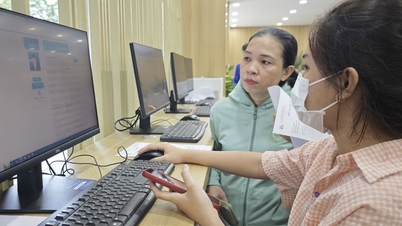



![[Infographic] The number of applications for university and college admission in 2025 has increased sharply](https://vphoto.vietnam.vn/thumb/402x226/vietnam/resource/IMAGE/2025/10/1/8da66b78e0b3468496721724246e3857)








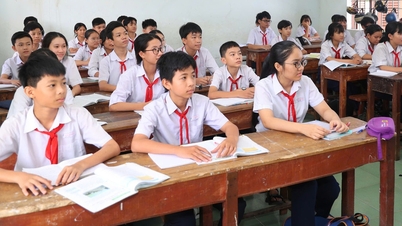
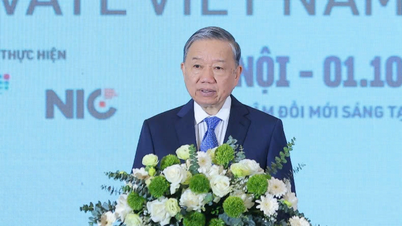


![[Photo] Panorama of the cable-stayed bridge, the final bottleneck of the Ben Luc-Long Thanh expressway](https://vphoto.vietnam.vn/thumb/1200x675/vietnam/resource/IMAGE/2025/9/30/391fdf21025541d6b2f092e49a17243f)


































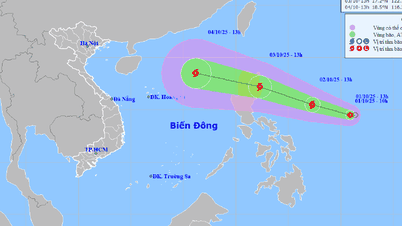























Comment (0)